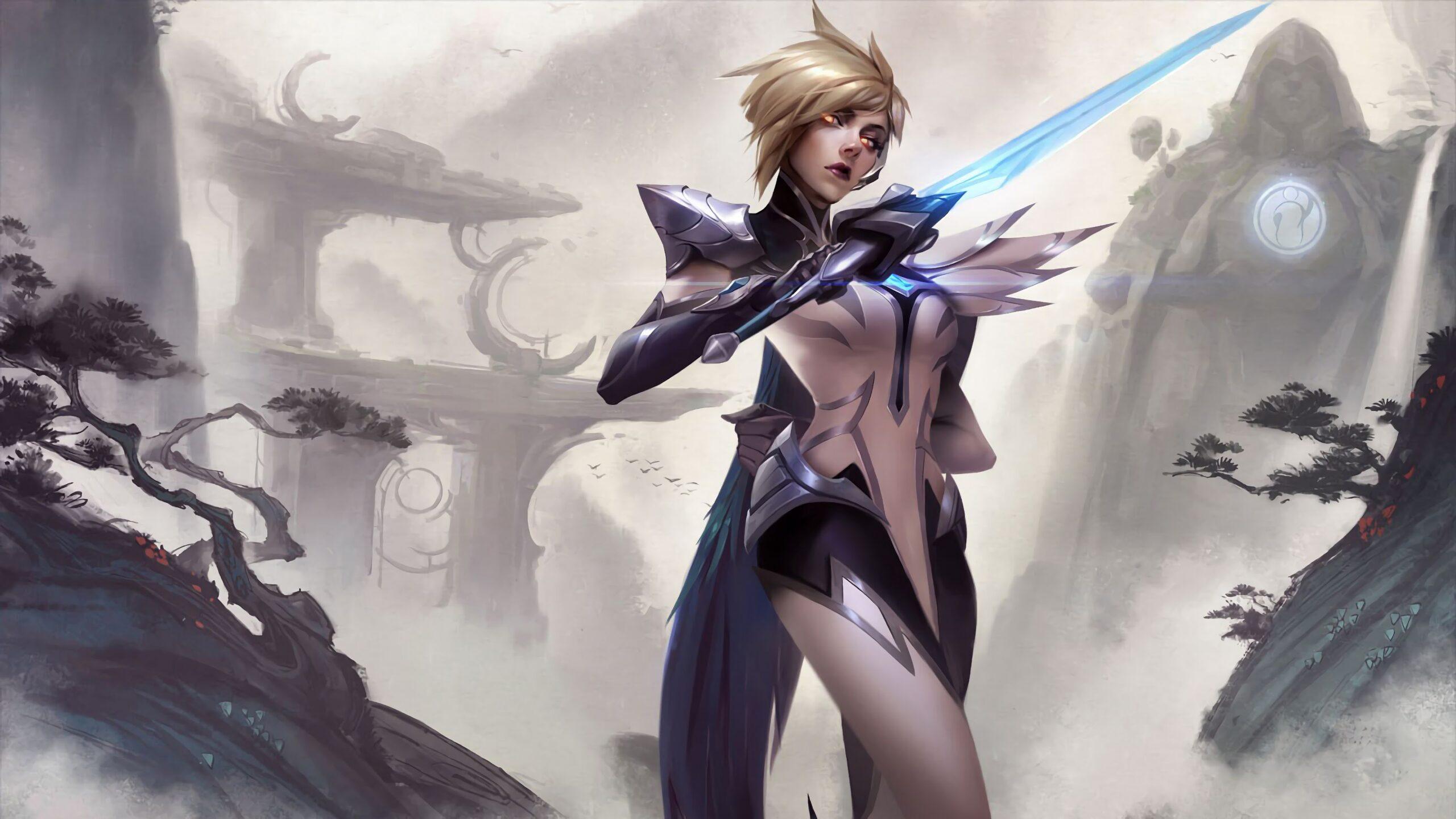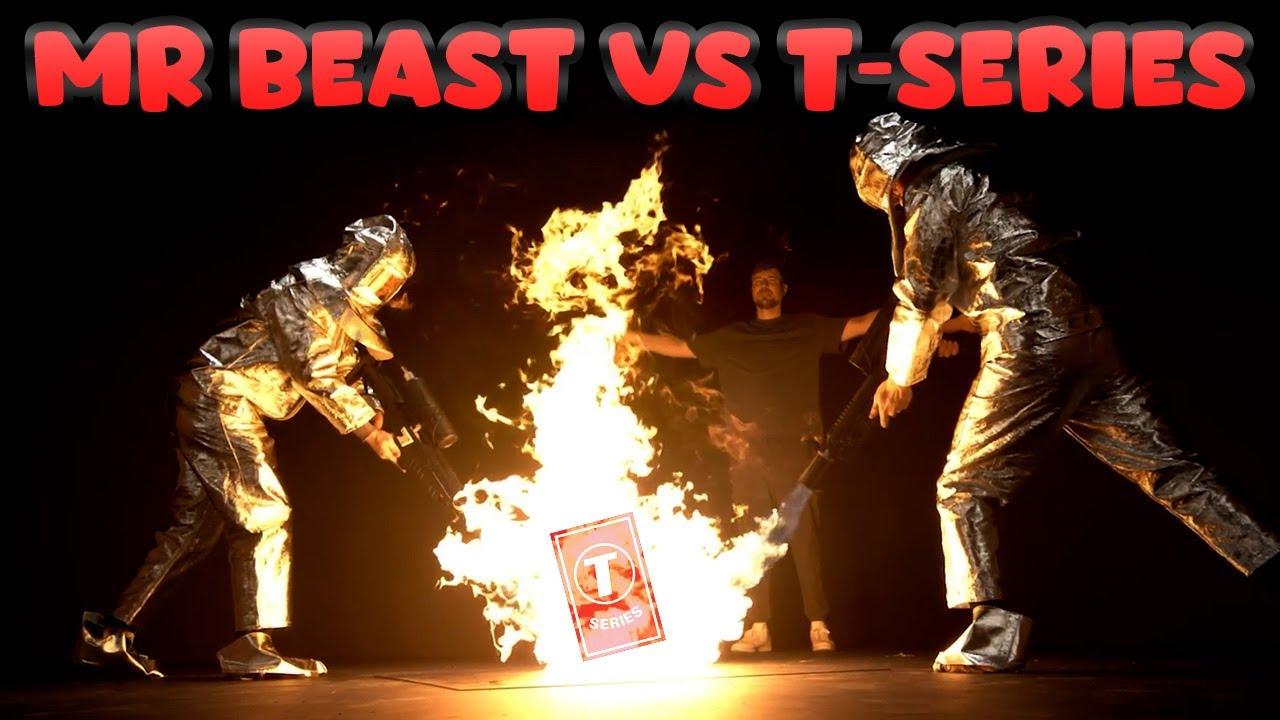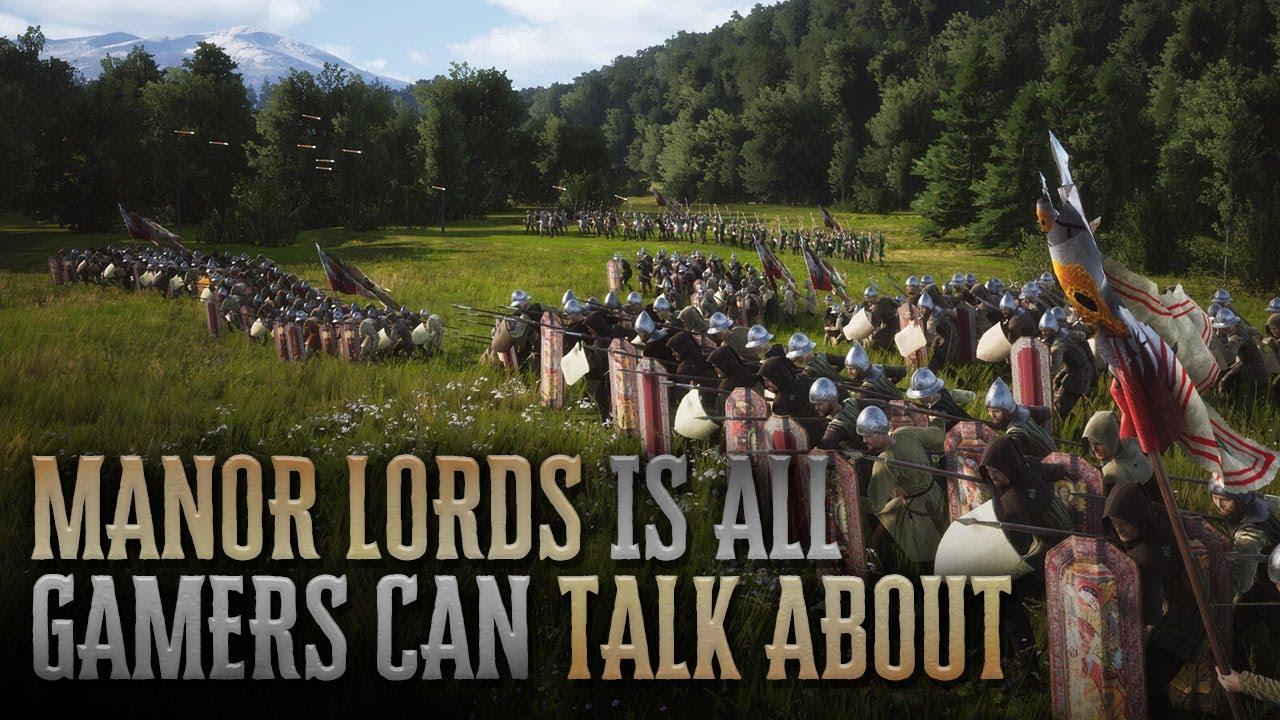
How gaming became a global phenomenon
Gaming has changed dramatically over the last two decades, going from being a specialised pastime to a major global cultural force that enthrals millions of people. This incredible evolution did not happen overnight.
Gaming has blurred the boundaries between traditional sports and virtual battlefields, becoming an important part of contemporary culture through a combination of technological advancements, community engagement, and growing institutional recognition.

The role of technology in esports evolution
The rise of esports is closely associated with the unrelenting progress of technical innovation, which has improved gaming and made it more widely available to a wider audience. Real-time, high-definition streaming of tournaments is now possible because of high-speed internet, powerful gaming consoles, and software development.
This replicates the immersive experience experienced in new casino sites, where cutting-edge technology brings games to life. Technology has played a crucial role in the development of esports by supporting the complex ecosystems of professional gaming, from the construction of immersive virtual venues to the analytics tools utilized for player training and strategy formulation.
Key regions and countries dominating the esports scene
The prominence of a few significant areas and nations that have developed into dominant forces in the competitive gaming space characterises the global esports landscape.
With substantial expenditures in esports infrastructure and talent development, as well as a deeply embedded gaming culture, Asia – especially South Korea and China – has long been at the vanguard. North America and Europe are also important because of their sizable gaming markets, extensive broadband penetration, and the presence of major gaming companies and advertising.
These regions are home to some of the most well-known teams, players, and leagues in the world, and they have greatly influenced the growth of the global esports industry. Their influence extends beyond national boundaries, creating standards and patterns that are experienced by individuals worldwide.

Major esports games and genres
The foundation of the esports industry’s broad appeal is its vast range of games and genres, which cater to different player skill levels and spectator interests. Due to their strategic team-based gameplay, multiplayer online battle arenas (MOBAs) such as “League of Legends” and “Dota 2” are dominating the scene and attracting millions of viewers to their international competitions.
First-person shooter (FPS) games, like Overwatch and Counter-Strike: Global Offensive, capture players with their fast-paced, heart-pounding action while challenging their reflexes and tactical sense.
Furthermore, fighting games like “Street Fighter” and sports simulators like “FIFA” expand the appeal of the genre by offering a virtual alternative to actual physical sports and martial arts events. Every genre adds a distinct taste to the esports fabric, creating a vibrant and diverse competitive environment.
The business of esports
The esports sector has developed into a profitable economic environment supported by a sophisticated web of revenue sources and corporate alliances. The importance of sponsorships and advertising cannot be overstated, as big names in the gaming industry and beyond aim to capitalize on the highly interested and mostly youthful audience that esports draws.
As with traditional sports business models, ticket sales for live events, television rights, and merchandise all make major contributions to the revenue pool.
In addition, new channels for content monetization have been made possible by the growth of streaming platforms, giving athletes, teams, and organizations a direct line of communication with their international fan base. This multifaceted business landscape not only fuels the growth and professionalization of esports but also integrates it more deeply into the broader entertainment and sports industries, highlighting its potential as a major player in the global economy.

Challenges and controversies in esports
Despite its meteoric rise, the esports industry faces its share of challenges and controversies that stem from its rapid growth and the unique nature of its digital platform.
Issues such as player burnout, due to the intense training schedules and the pressure to perform, raise concerns about mental and physical health. The anonymity and distance afforded by online interactions can sometimes lead to toxic behavior and cyberbullying within gaming communities.
Furthermore, the regulatory landscape struggles to keep pace with esports’ global scale, leading to inconsistencies in governance, anti-doping policies, and contract enforcement. These challenges are compounded by concerns over fair play and cheating, including the use of performance-enhancing software. Addressing these issues is crucial for sustaining the integrity of competitive gaming and ensuring its continued development as a respected component of the global sports and entertainment industry.
Potential growth areas and untapped markets
Even though the esports business is now quite large, there is still a lot of room for expansion in a number of unexplored markets. With their rapidly expanding middle classes and rising internet access, emerging nations like Southeast Asia, Latin America, and parts of Africa offer ideal conditions for esports to thrive worldwide. By taking use of smartphones’ widespread use, mobile esports provide an entry point into markets where traditional PC or console gaming infrastructure may be less developed.
Furthermore, new avenues for participation and content distribution may arise from the incorporation of esports into academic institutions and the investigation of virtual and augmented reality technology in gaming. As the industry continues to innovate and adapt to changing consumer behaviors, these growth areas and markets represent exciting opportunities for expansion, diversification, and the democratization of competitive gaming worldwide.
Recommended

These are the Latest Trends in Mobile Gaming
The popularity of gaming continues to rise day by day, and as a result, developers are continually...

The Finals gets a new CS-style game mode called The Terminal
Guard the Terminal from attackers.






